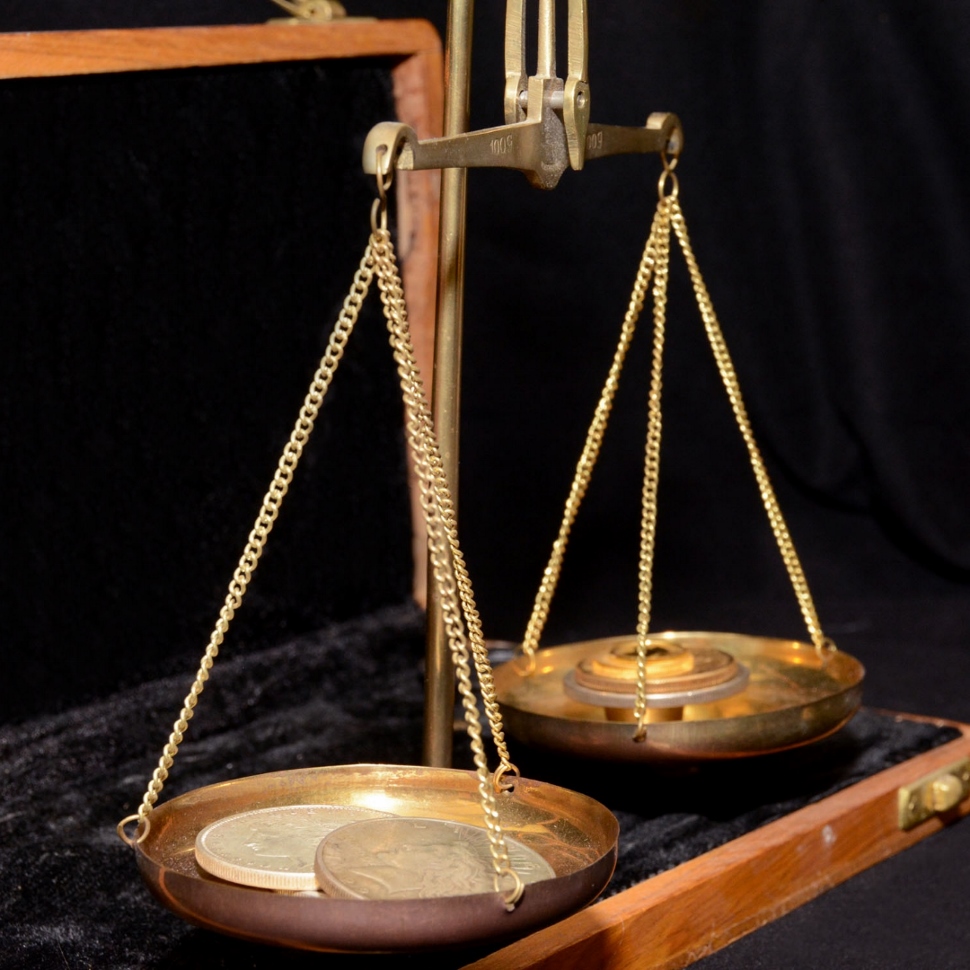
Anyone in business, or any student or athlete for that matter, knows that failure and success are often separated by the thinnest of margins. Your competitor launched one day before you and got first mover advantage? Tough luck. You missed passing the final exam by one-point? So close. That half-court shot at the buzzer rattled out? So sad.
So what can you can do after failure that tips the scales and moves you to success? I found out as a young marketing executive at Procter & Gamble.
I was working on the Metamucil brand and was charged with coming up with new product ideas to drive growth. We entered a partnership with a prominent doctor at Harvard University to create a program to treat irritable bowel syndrome (IBS). The idea was to combine Metamucil with this doctor’s specific regimen for practicing mindfulness meditation.
The belief was that calming the mind and body along with taking Metamucil would be a far better treatment for IBS than either alone. And we had the data to prove that was the case.
Then came the time to present the idea to consumers to gauge interest. We wrote the idea up in what’s called a concept test (a written description of the idea with key attributes, benefits, claims, and a product shot laid out on a piece of paper). Consumers read the concept then scored it on several aspects, the most important being what’s called the “Definitely Would Buy” score. Meaning, would the consumer say after reading the concept they would definitely buy this product if given the opportunity. Good DWB scores for products like this hovered around 30 percent.
My idea got a zero.
It was the first ever recorded zero to my knowledge in a storied consumer marketing company. So the product died right then and there after such horrific failure, right?
Yes and no.
It would emerge 18 months later as a different “new product,” a claim that Metamucil could make that it was good for lowering cholesterol, a claim we advertised on the label and that grew the business that year by 15 percent.
How such a turnaround, you ask? We took three actions after the failure that led to success. Unbeknownst to me at the time, these same exact three actions would, many years later, be proven in research in November, 2019. First the actions, then the supporting proof.
1. We were intentional about learning from the failure.
And not shy about getting feedback from consumers on why we failed. We avoided unproductive fixes too, band-aids so to speak that ultimately wouldn’t make the proposition any more attractive. I’ve seen many teams make this error, small fixes born out of clinging to a pet idea that fundamentally just doesn’t work.
We learned from consumers that IBS wasn’t even the disease to treat with the biggest potential. Consumers were reading anecdotal evidence of fiber laxatives role in reducing cholesterol and were far more interested in that. All we needed to do was prove that we do that and earn the right to claim it, which we did.
The fact is, learning from failure reveals new paths to success, if you’re disciplined about spotting them and willing to pursue them.
2. We failed fast thereafter, spending less time between tries.
The next try didn’t exactly work. We didn’t position the benefit of cholesterol lowering right, didn’t prioritize it enough on the label, didn’t have the right iconography to visualize the benefit. But we moved with lightning speed to iterate, test, get feedback, iterate, test, get feedback.
Moving fast to try again helps you maintain energy behind the idea, prevents you from overthinking the solution, and maximizes your advantage versus competitiors (competitors will frequently find out about your testing and leap into action accordingly).
3. We applied what we learned in a way to get back on the horse faster.
Meaning, we devised the form of feedback from the consumer to be rapid fire, not months of navel-gazing. We’d get feedback in focus groups and then sit with the creative team an hour later to rewrite concept ideas, and be back in front of consumers the next hour. The whole approach was geared toward trying again as fast as we could.
A recent study from Northwestern’s Kellogg School of Management verified the validity of our entire approach (all three actions described above), among groups no less varied than entrepreneurs who eventually went public with their companies, scientists who applied for money to run research labs, and even terrorist organizations.
So be the hero (not the guy who got the zero) and learn from my experience and research to tip the scales from failure to finally.




Leave a Reply